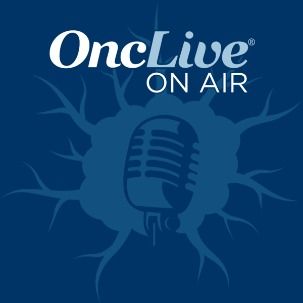Video
Checkpoint Inhibitors in Metastatic Melanoma
For High-Definition, Click
The first checkpoint inhibitor, ipilimumab, was approved for the treatment of advanced melanoma in March 2011. This CTLA-4 inhibitor demonstrated improvements in overall survival (OS) across two randomized phase III trials, notes Omid Hamid, MD. In a pooled analysis that included these studies, the 3-year OS rate was 22%, which extended through 10 years.
At this point, it appears that the PD-1/PD-L1-targeted checkpoint inhibitors are showing similar efficacy in patients with melanoma. One of the primary concerns with anti-CTLA-4 therapy is the low response rate, notes Hamid. In general, the overall response rate (ORR) with ipilimumab is 10-15%; however, with the PD-1/PD-L1 inhibitors, the ORR is 30-50%. These responses appear to be as durable, with 88-90% of patients continuing to respond after 1 year.
Initial concerns with toxicity associated with PD-1/PD-L1 inhibitors have been alleviated, Hamid believes. The major toxicity seen with these agents is asymptomatic pneumonitis, as opposed to the colitis seen with anti-CTLA-4 therapy. In general, immune-related adverse events can be resolved by momentarily stopping treatment, Hamid notes.
The low toxicity seen with the anti-PD-1 agents has opened the door for combination strategies. The combination of ipilimumab with nivolumab demonstrated an ORR of 40%, with a 1-year OS rate of 85% and a 2-year rate of 79% for patients with advanced melanoma. The combination of the oncolytic immunotherapy T-VEC with ipilimumab has demonstrated promise for patients with melanoma, Hamid explains. In a 19 patient study, the ORR for the combination was 56%. In addition to ipilimumab, T-VEC is also being explored in combination with pembrolizumab.
The effectiveness of T-VEC in combination with an immune checkpoint inhibitor remains to be demonstrated in larger trials, notes Hamid. Historical results for the combination of immunotherapies with peptide vaccines have demonstrated mixed results in melanoma. Additionally, it remains to be seen whether these therapies perform optimally in combination or sequentially.









